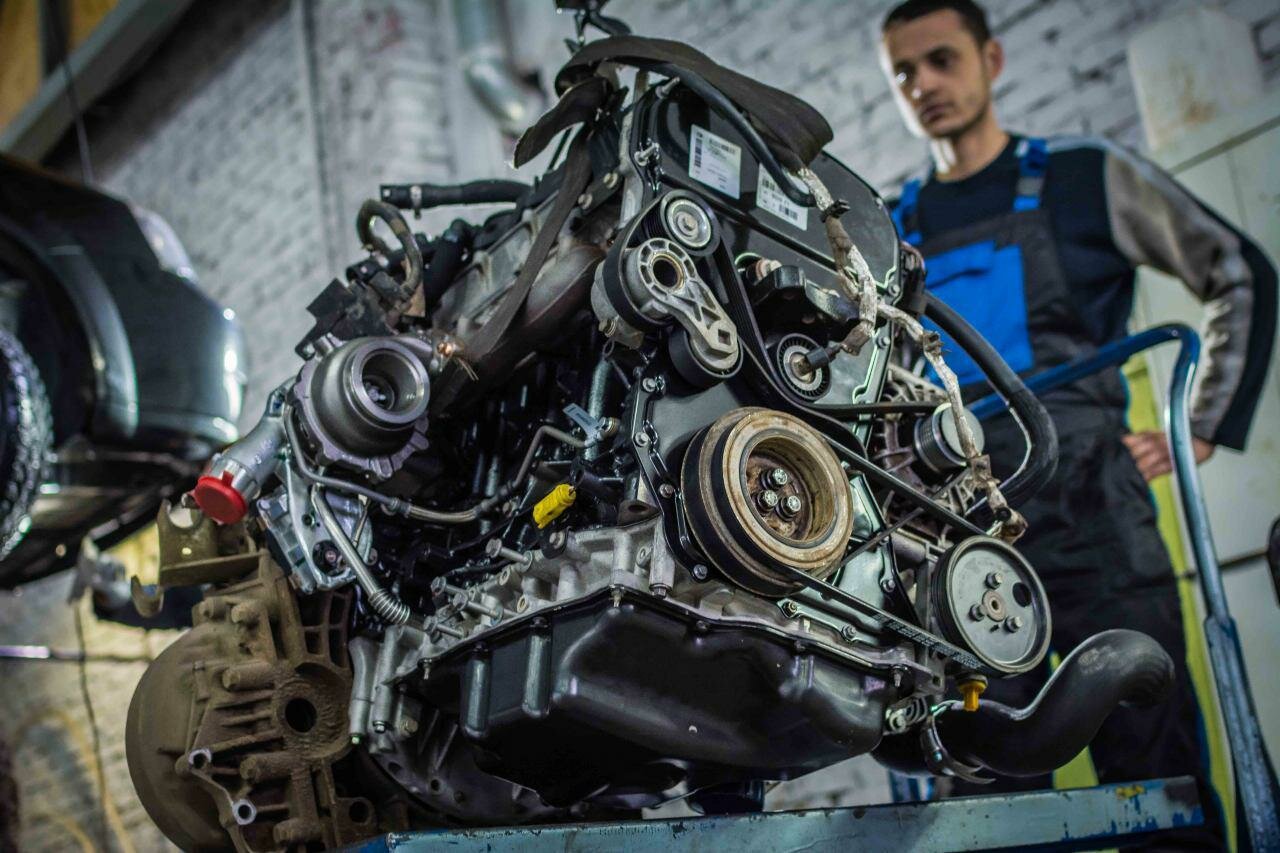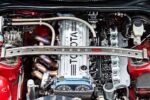Understanding Mazda Diesel Engines
Mazda has a long-standing reputation for engineering innovative vehicles, with a particular focus on performance and efficiency. Founded in 1920, the company initially produced tools and later transitioned to automobiles, gaining recognition for its unique rotary engines. However, in the late 20th century, Mazda began exploring diesel technology, particularly in response to the growing demand for fuel-efficient vehicles. The introduction of diesel engines into their lineup was seen as a strategic move to cater to markets where diesel was favored for its fuel economy and torque characteristics.
The Shift to Diesel
Mazda’s foray into diesel engines gained momentum in the 1990s, particularly with the launch of the Mazda 626 and later models like the Mazda CX-5 and Mazda6. These vehicles were equipped with diesel engines that promised better fuel efficiency and lower emissions compared to their gasoline counterparts. The Skyactiv-D engine, introduced in the early 2010s, was a significant milestone, boasting advanced technology aimed at reducing nitrogen oxide emissions while maintaining performance. Despite these advancements, Mazda diesel engines have not been without their issues.
As diesel engines became more prevalent in Mazda’s offerings, various problems began to surface, raising concerns among owners and potential buyers. From performance-related issues to reliability concerns, these problems have sparked discussions within automotive communities and forums. Understanding these challenges is crucial for current and prospective Mazda diesel owners, as it can impact their ownership experience and vehicle longevity. This article delves into the common problems associated with Mazda diesel engines, providing a straightforward overview of what owners need to know.
Common Problems with Mazda Diesel Engines
Mazda diesel engines, while known for their efficiency and performance, are not without their share of problems. Owners have reported various issues that can affect the overall driving experience and reliability of these vehicles. Understanding these problems is essential for current and prospective Mazda diesel owners.
1. Engine Performance Issues
One of the most frequently reported problems with Mazda diesel engines is related to performance. Drivers have experienced a range of issues, including:
- Loss of power during acceleration
- Increased engine noise
- Rough idling
- Unusual vibrations
These performance issues can stem from several factors, including fuel quality, air intake problems, or issues with the turbocharger. Regular maintenance and using high-quality fuel can help mitigate some of these problems.
2. Fuel System Problems
The fuel system in Mazda diesel engines can also present challenges. Common fuel system-related issues include:
- Clogged fuel filters
- Fuel injector malfunctions
- Fuel pump failures
These problems can lead to decreased fuel efficiency and increased emissions. It is crucial to follow the manufacturer’s recommendations for fuel system maintenance to prevent these issues.
3. Emission Control System Failures
Mazda diesel engines are equipped with advanced emission control systems designed to reduce harmful emissions. However, these systems can fail, leading to:
- Check engine light activation
- Increased exhaust smoke
- Failed emissions tests
Issues with the diesel particulate filter (DPF) and selective catalytic reduction (SCR) systems are common culprits. Regularly monitoring the DPF and ensuring it is cleaned or replaced as necessary can help avoid these problems.
4. Overheating Issues
Overheating can be a significant concern for Mazda diesel engines. Factors contributing to overheating include:
- Coolant leaks
- Faulty thermostats
- Blocked radiator
Overheating can lead to severe engine damage if not addressed promptly. Regular checks of the cooling system are essential to prevent overheating.
5. Timing Belt and Chain Problems
The timing belt or chain is critical for engine operation. Issues can arise, such as:
- Worn or stretched timing belts
- Timing chain tensioner failures
Failure of these components can result in catastrophic engine damage. Regular inspections and timely replacements are necessary to avoid these costly repairs.
Top views |
|
|---|---|
 |
Oil, Timing Chains, Pistons: What Really Kills an Engine Prematurely? |
 |
How to Choose a Car with a Reliable Engine: Used Car Market Hacks That Actually Work |
Symptoms and Consequences
Understanding the symptoms associated with these problems can help owners take proactive measures. Below is a table summarizing common symptoms and their potential consequences:
| Symptoms | Consequences |
|---|---|
| Loss of power | Poor acceleration and reduced driving experience |
| Check engine light | Potential emission system failure |
| Overheating | Risk of severe engine damage |
| Rough idling | Increased wear on engine components |
| Increased exhaust smoke | Failed emissions tests and environmental impact |




0 Comments